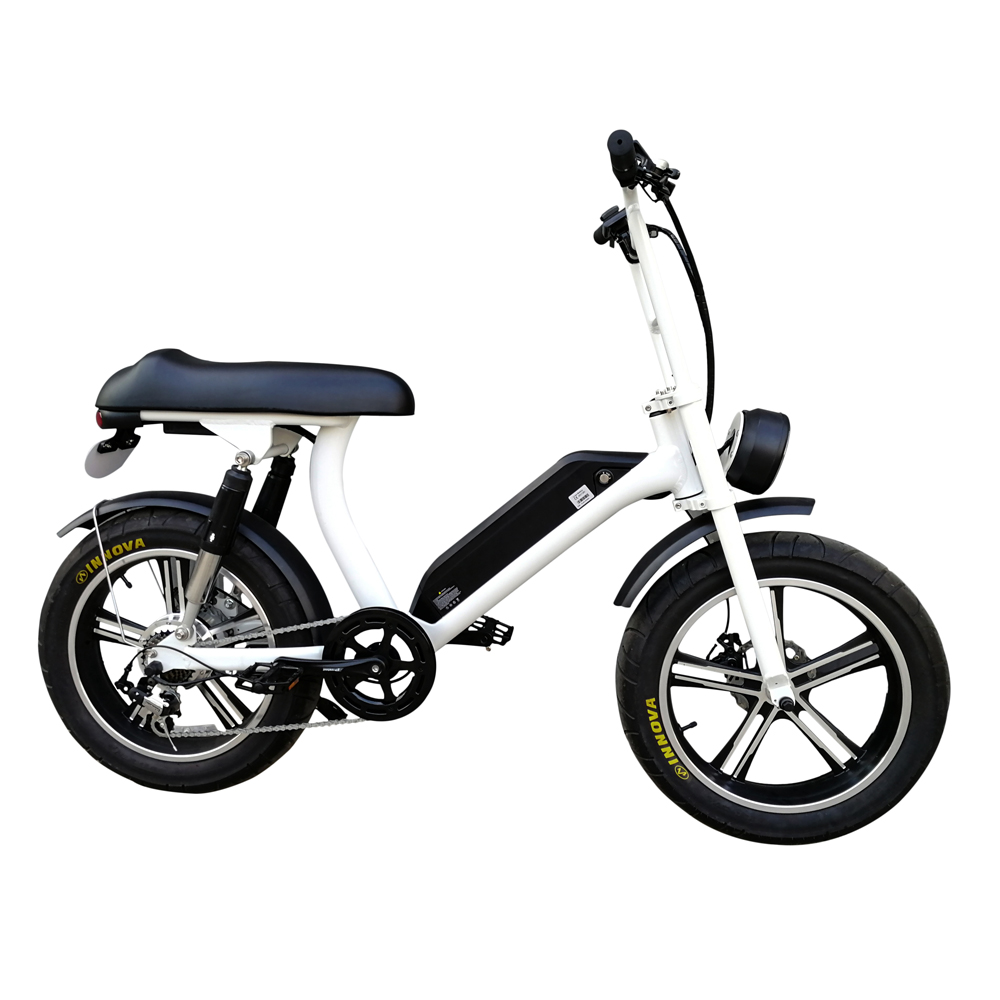1. Avoid long-term power loss. Long-term power loss wil […]
1. Avoid long-term power loss. Long-term power loss will vulcanize the plates. In low temperature conditions, charging mainly has the problems of poor charging acceptance and insufficient charging, resulting in battery loss. At low temperatures, heat preservation and antifreeze measures should be taken, especially when charging should be placed in a warm environment, which is conducive to ensuring sufficient electricity, preventing irreversible sulfation, and extending the service life of the battery.
2. Prevent short circuit. Particular care should be taken during installation or use. The tools used should be insulated. When wiring, the electrical appliances other than the battery should be connected. After inspection, there is no short circuit, and finally the battery should be connected. The wiring specifications should be well insulated to prevent overlapping pressure. rupture. It is forbidden to use the battery short-circuit method to detect the charging status of the battery to prevent explosion and cause casualties. When the battery is in a short-circuit state, its short-circuit current can reach hundreds of amperes. The stronger the short-circuit contact, the greater the short-circuit current, so all connections will generate a lot of heat, and the weaker links will generate more heat, which will melt the connection and cause a short circuit. Part of the battery may generate explosive gas or explosive gas collected during charging. Sparks will be generated when the connection is fused, which will cause the battery to explode. If the battery short-circuit time is short or the current is not particularly large, the connection may not be fused Phenomenon, but the short circuit will still cause overheating, which will damage the adhesive around the connecting strip and leave hidden dangers such as liquid leakage. Therefore, the battery must not be short-circuited. When installing or using it, you should be especially careful about the tools used. Insulation measures should be taken. When wiring, the electrical appliances other than the battery should be connected. After inspection, there is no short circuit. Finally, the battery should be connected. Good insulation to prevent rupture caused by overlapping pressure.
3. Each start time cannot exceed 5 seconds. Avoid long-term high-current discharge of the battery, which will greatly damage the internal structure of the battery. It is recommended that the owner should not start more than 5 seconds each time. Two consecutive starts are required, with an interval of 10 to 15 seconds.
4. Prevent exposure to the sun. Exposure to the sun will increase the temperature of the battery and increase the activity of the active materials in the battery, which will affect the service life of the battery.
5. The discharged battery should be recharged in time and should not be left for more than 12 hours.
6. Check and adjust the front and rear brakes. Before using an electric bicycle, check and adjust the front and rear brakes. The front brake is controlled by the right brake lever, and the rear brake is controlled by the left brake lever. The front and rear brakes should be adjusted so that they can brake reliably when the left and right brake handles reach half the stroke. The brake shoes are excessively worn and should be replaced in time.
7. Check the lubrication of the chain before using the electric bicycle. Feel and observe whether the chain shaft of the chain rotates flexibly and whether the chain links are severely corroded. If it is corroded or the rotation is not flexible, add proper amount of lubricating oil, and change the chain in serious cases.
8. Before riding an electric bicycle, check the tire pressure, the steering flexibility of the handlebar, the flexibility of the front and rear wheels, the circuit, the battery power, the working condition of the motor, the lights, and the horn.
9. The standard load capacity of electric bicycles is 75 kg, so avoid overloading.
10. When using electric bicycles in cold weather, you should try to drive with manual or electric assistance, and pay attention to the battery's power and voltage indication. Generally, when the weather is cold, the depth of discharge of the battery should be appropriately reduced, and you must not drive under voltage. This is because the charging capacity and discharging capacity of the battery are reduced when the weather is cold.
11. Electric bicycles should be stored in a cool, ventilated, dry place, away from corrosive liquids and gases. When storing, the whole vehicle should be erected, the tire pressure should be sufficient, heavy objects should not be loaded on the vehicle body, and the battery should be stored separately.

Zhejiang Hangpai Electric Technology Co., Ltd.